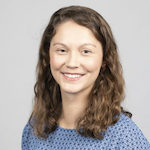|
|
Briana Aguila- Francis Marion University Briana Aguila is an Assistant Professor at Francis Marion University in Florence, SC where she teaches General, Organic, and Inorganic Chemistry. Briana received her BS in Chemistry at University of Florida and then earned her PhD in Chemistry working under Professor Shengqian Ma at University of South Florida. Her research interests include the synthesis of functional porous materials for water purification applications. |

|
Matthew Bork - Rockford University Matthew Bork is currently an associate professor at Rockford University in Illinois. A native of Rural Wisconsin, he completed his undergraduate work at UW-Stevens Point with a major in chemistry and a minor in mathematics. He earned his Ph.D. from Purdue University where he studied inorganic chemistry with a focus on photochemistry under David McMillin. Matthew currently teaches general chemistry, secrets of science, spectroscopy, and advanced inorganic chemistry. His current research focuses on photoinactivation utilizing porphyrin-based metallic complexes. |
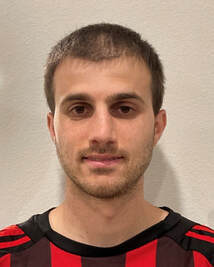 |
Ryan Cammarota - Pomona College Ryan is currently a Robbins Postdoctoral Fellow at Pomona College, where he is guiding undergraduate students in interdisciplinary research and teaching courses in both inorganic and organic chemistry. He completed his PhD in 2018 at the University of Minnesota with Professor Connie Lu, where his research focused on developing new strategies for harnessing metal-metal interactions to catalyze reactions that neither metal alone could mediate. From there, he ventured toward the intersection of organic chemistry, computational chemistry, and data science as a postdoctoral researcher with Professor Matthew Sigman at the University of Utah, where he developed predictive models for designing improved dirhodium C−H functionalization catalysts. His current research with Professor Nicholas Ball is focused on applying machine learning classification algorithms to predict reaction outcomes. Ryan hopes to soon establish his independent research program fusing organometallic chemistry and data science at a PUI, and he is passionate about incorporating visualization tools to improve the depth of student understanding in chemistry courses. |
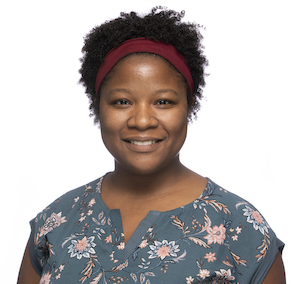 |
Joya Cooley - California State University, Fullerton Joya Cooley is an assistant professor of Chemistry at California State University, Fullerton. She received a B.S. in Chemistry and a B. A. in Music from Furman University, followed by a Ph.D. in Inorganic Chemistry at UC Davis under the mentorship of Susan Kauzlarich. Her postdoctoral appointment was in the Materials Research Lab at UC Santa Barbara with Ram Seshadri. Her solid-state research laboratory focuses on synthesis, characterization, and property measurement of solids toward developing design principles towards various applications. |
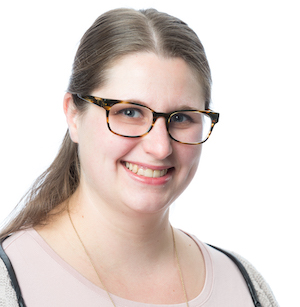 |
Emma Downs - Fitchburg State Univesity Emma is an associate professor at Fitchburg State University in Fitchburg, MA. She teaches undergraduate general, inorganic, and environmental chemistry. She received her B.S. in chemistry at UMass Amherst and did her doctoral work at the University of Oregon. Her research in David Tyler's lab was on nanoparticle catalysts for nitrile hydration. Her current research with undergraduates looks at silver nanoparticles and their effects on plants. |
|
Michael Drummond - Azusa Pacific University Born and raised in Colorado, Michael grew up with a love of the outdoors and mountains. He then discovered a love of chemistry at Azusa Pacific University, earning a B.S. in chemistry. He completed his doctoral work at the University of Illinois Urbana-Champaign under the direction of professor Alison Fout where he studied the effects of hydrogen bonding interactions in non-heme iron enzyme models. He then moved up the road to the University of Illinois Chicago to work as a lecturer and postdoctoral researcher with Professor Neal Mankad developing battery materials for redox flow batteries. Michael has been back at APU as an assistant professor of chemistry the past two years, but is moving to Saint Mary's College in South Bend at the end of the summer. His research interests include the development of organometallic and coordination complexes capable of efficient electron shuttling in new battery materials for the storage of renewable energy. |
|
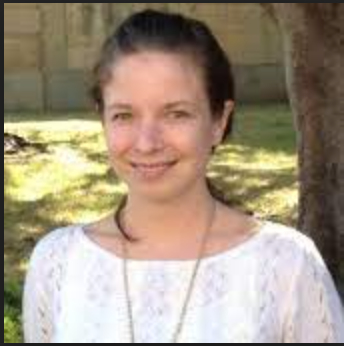 |
Laina Geary - University of Nevada, Reno Laina is an Associate Professor of chemistry at the University of Nevada, Reno. She completed her B.Sc. (2005) and Ph.D. (2010) at the University of Manitoba working with Prof. Philip Hultin. Her graduate work focused on developing palladium catalyzed cross coupling reactions of trichloroethylene derivatives to form benzofurans and polysubstituted olefins. She conducted postdoctoral work with Prof. Michael Krische at the University of Texas at Austin where she studied ruthenium(II) and iridium(I) propargylation reactions as well as ruthenium(0) catalyzed coupling of diols with dienes. Laina joined UNR in 2014 and her group focuses on the development and mechanistic study of a variety of transition metal and Lewis acid catalyzed reactions, particularly those that involve oxygen atom transfer. |
|
Stephen Procter, University of California, Riverside Stephen received his BS in Chemistry at CSU, Chico, and then obtained his MS in Chemistry at UC Riverside. He is currently a rising 3rd year graduate student in the Lavallo Lab where he is pursuing the PhD in Inorganic Chemistry. His research focus entails the synthesis and application of carborane anions into electrolytes designed for next generation rechargeable Li and Al ion batteries and their analysis thereof. During his undergraduate years, Stephen spent three years as a Supplementary Instruction Leader for the General Chemistry I course while learning new ways to improve student engagement and incorporate active learning into his sessions. His concurrent work with Dr. Erik Wasinger helped to envision and develop the new General Chemistry I curriculum based around Studio Classrooms that completely integrates lecture and laboratory. |
|
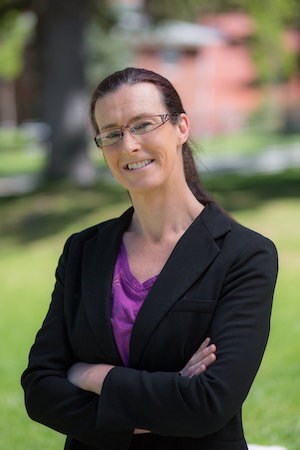 |
Stephanie Hurst - Northern Arizona University Stephanie is a Full Professor in the Department of Chemistry and Biochemistry at Northern Arizona University (Flagstaff, AZ). She received her PhD from the Australian National University (Canberra, ACT, Australia) with her graduate work with Mark G. Humphrey focused on designing novel metal acetylides for enhanced non-linear optical effects. She conducted post-doctoral research with Tong Ren at the University of Miami (Coral Gables, FL) and later at the Montana State University (Bozeman, MT) in the area of inorganic and organometallic materials. Currently, she is leading a team of undergraduate and graduate researchers to design organometallic complexes for small molecule activation and quantum material science. Stephanie teaches undergraduate and graduate level courses in Inorganic and Nuclear Chemistry at NAU. She is currently the co-director of Diversity and Culture of Inclusion for the Centre for Quantum Networks, a GEN-IV Engineering Research Centre funded by the National Science Foundation. |
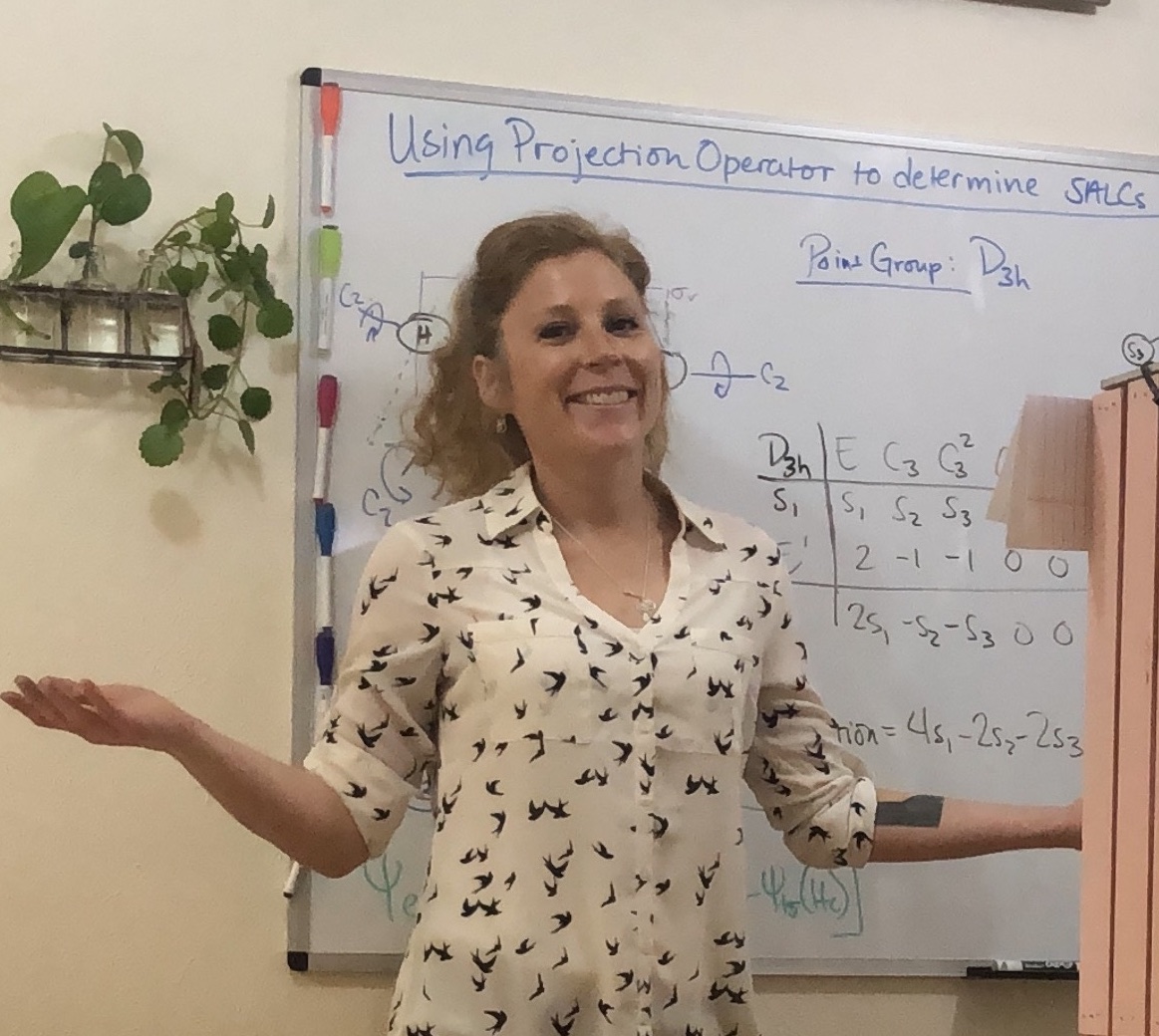 |
Megan Lazorski - Metropolitan State University of Denver Megan Lazorski is an Assistant Professor at Metropolitan State University of Denver (MSU Denver) and teaches undergraduate Inorganic, Advanced Inorganic, and General Chemistry. Megan became interested in the intersection between inorganic chemistry and ceramic art as an undergraduate at the College of Wooster leading to research on in-situ formation of noble metal nanoparticles in photosensitive vitreous materials. This work sparked her interest in inorganic photophysics/chemistry, which she pursued during her PhD at Colorado State University and post doctoral fellowship at North Carolina State University. Megan continues to investigate light-matter interactions for solar energy catalysis, conversion, and carbon capture at MSU Denver and National Renewable Energy Laboratory, where she holds a joint appointment. |
|
Nerissa Lewis - Seattle Pacific University Nerissa Lewis is an assistant professor of chemistry at Seattle Pacific University (SPU). After completing her PhD in inorganic chemistry at Louisiana State University, she went on to complete an MEd in Curriculum and Instruction at Walla Walla University. she is extremely passionate about providing students with a safe, but challenging learning environment, where they are motivated to become actively involved in their learning. At SPU, she teaches undergraduate inorganic chemistry courses, as well as sections of the general chemistry sequence. Her research is aimed at exploring the fundamental chemistry relevant to the eventual use of pyridyl N-donor ligands as a means of bioconjugating targeting biological groups to metal centers of complexes with diagnostic or therapeutic utility. |
|
|
Sergio Lovera - University of California Riverside Sergio O. Lovera received his B.S. in Chemistry from Cal Poly Pomona where he first became interested in synthetic chemistry. He is currently a graduate student working with Dr. Lavallo investigating the utility of carborane anions as solid state ion conductors. During his time at UCR he has had the privilege of taking part in mentoring high school students during summer outreach programs and has taught several organic chemistry laboratories and general chemistry discussions. |
|
|
Winn Huynh- Cal Poly Pomona Winn is a postdoctoral scholar working with Dr. Chantal Stieber at Cal Poly Pomona. Winn earned his B.S. in Chemistry-Materials Science and Minor in Science Education at UCLA. He received the UC LEADS research fellowship at UCLA and the Cota-Robles Fellowship for his PhD studies at UC Riverside. At UC Riverside, Winn spearheaded computational efforts in Prof. Matthew Conley's group to elucidate the structure of surface organometallics. He hopes to work towards becoming a professor and develop curricula that nurtures students' self-efficacy and a growth mindset. In research, Winn hopes to continue studying how spectroscopic signatures can lead to an elucidation of structure in compounds that may not have a well-defined X-ray crystal structure.
|
|
 |
Megan Mohadjer-Beromi - US Naval Academy Megan is a 2014 graduate of the University of the Sciences in Philadelphia, where she obtained her B.S. in chemistry with a minor in mathematics. She completed her graduate studies at Yale University as an NSF Graduate Research Fellow in the lab of Prof. Nilay Hazari, where she studied the role of nickel(I) in cross-coupling reactions. She obtained her Ph. D. in inorganic chemistry in 2019, after which she continued to Princeton University as an NIH Ruth Kirschstein Postdoctoral Research Fellow in the lab of Prof. Paul Chirik. At Princeton, she developed a novel cyclobutyl-containing hydrocarbon polymer that can be chemically recycled back to monomer. After a two-year postdoctoral tenure, she joined the United States Naval Academy’s Department of Chemistry as an Assistant Professor in the summer of 2021, with plans to continue her research in the metal-mediated chemical recycling of plastics. |
|
|
Prashanth Poddutoori - University of Minnesota, Duluth Prashanth Poddutoori received his education in India: B.Sc. from Osmania University and M.Sc. and Ph.D. from the University of Hyderabad. After completion of his doctoral studies, he moved to Canada for postdoctoral research at Brock University. After a few years of postdoctoral research, he joined the chemistry department at the University of Prince Edward Island, Canada as an Assistant Professor. In 2018, he moved to the University of Minnesota Duluth, where he is currently an Assistant Professor. His research focuses on main-group porphyrin chemistry to design organic-inorganic hybrid materials for a variety of applications, including artificial photosynthesis, dye-sensitized solar cells, light-induced molecular machines, and photodynamic therapy. He teaches a broad range of courses, Descriptive Inorganic, Advanced Inorganic, Organic, and General Chemistry to undergraduate and graduate students. |
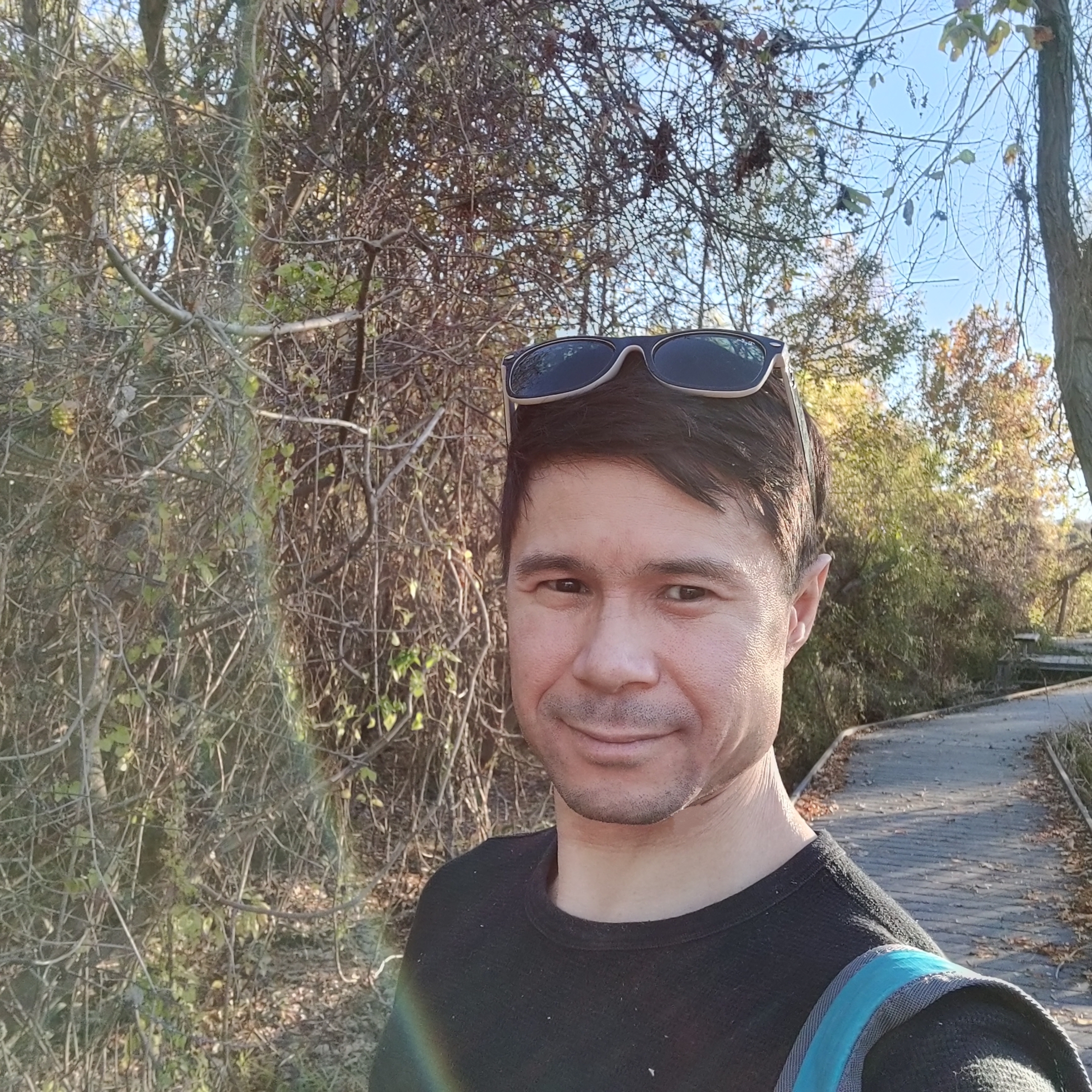
|
David Schilter - Texas State University, San Marcos Dave completed undergraduate (2004) and graduate degrees (2009) at The University of Sydney and specialized in supramolecular and bio-inorganic chemistry. Eager to add catalysis to his repertoire, he joined The University of Illinois at Urbana-Champaign to synthesize mimics of hydrogenases and laccases — enzymes that split dihydrogen and dioxygen, respectively (2009–2014). He became enamored with metalloenzymes and how we can learn about them by synthesizing and characterizing mimics. This enthusiasm spilled over into his teaching in inorganic and analytical chemistry. Eager to diversify, he moved to South Korea as a Research Scientist at the Institute for Basic Science, where he earned his materials stripes by developing hydrogenated or arylated graphenes (2014–2016). At this point, he joined Springer Nature in London to launch Nature Reviews Chemistry and manage its inorganic content (2016–2021). As Senior Editor, he learned loads by writing news stories and inviting and editing articles but he longed to realize the experiments he had dreamed up while away from the lab. His curiosity got the better of him in 2021, when Dave assumed the role of Assistant Professor at Texas State University, where he teaches analytical chemistry while harnessing inorganic synthesis to address problems in energy and the environment. |
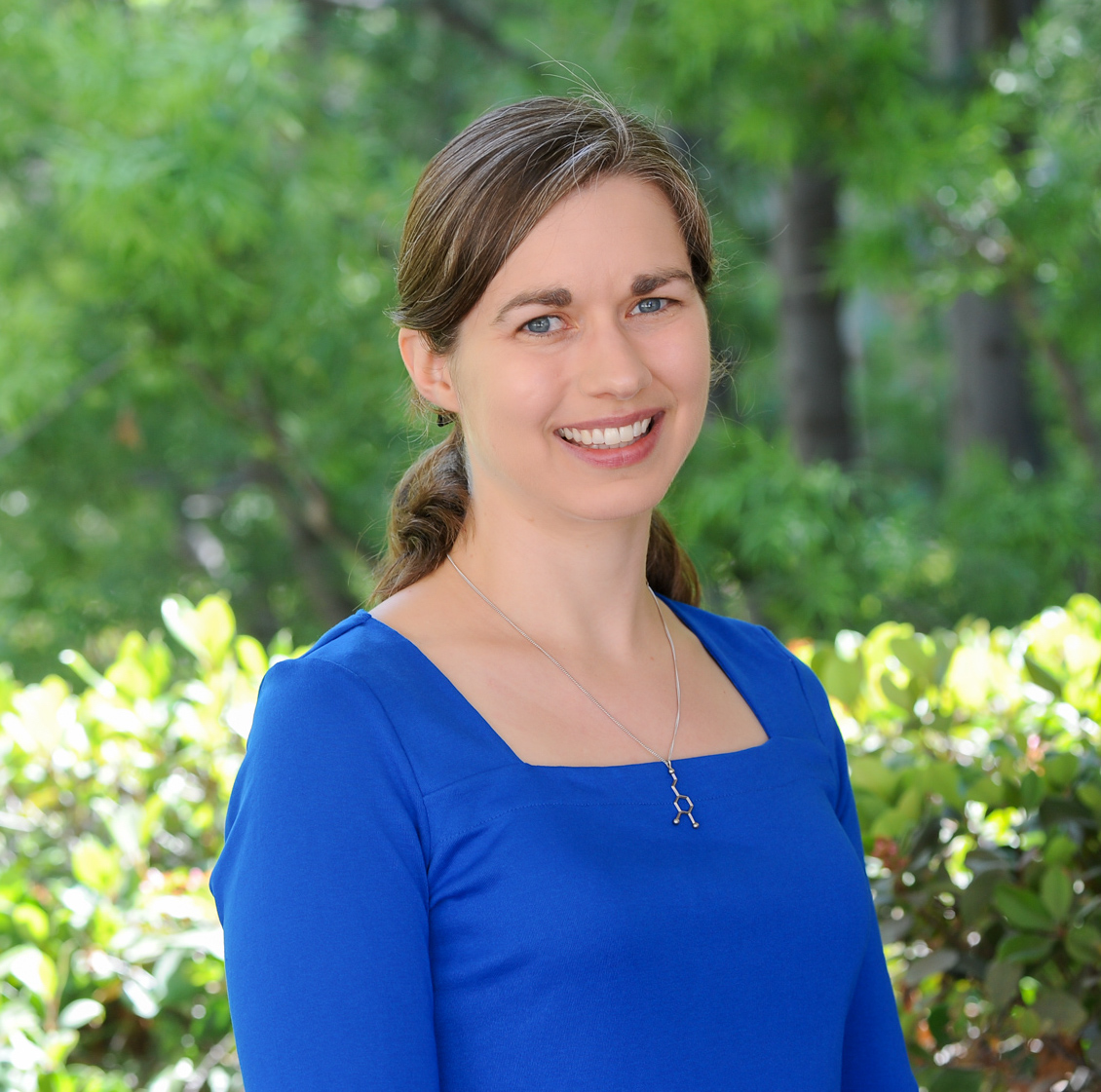 |
Kathy Van Heuvelen - Harvey Mudd College Kathy is an associate professor of chemistry at Harvey Mudd College whose teaching experience includes general chemistry, first-year writing, the chemistry of cooking, inorganic chemistry, and bio-inorganic chemistry. Her research interests include reductive dehalogenation by metalloenzymes and chemical education. She obtained her bachelor’s degree from St. Olaf College and her PhD from the University of Wisconsin-Madison before conducting postdoctoral research at the University of Minnesota. |
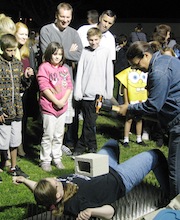 |
Brittnee Veldman - California State University, Channel Islands Brittnee Veldman teaches physical, materials, and inorganic chemistry at CSU Channel Islands since Fall 2011. Works with students to create novel nano-composite materials for energy generation and storage, and student department advisor. Research also includes creating holistic assessment and DEI centered chemistry curricula. |
 |
Mike Xue - Oberlin College Yuan (Mike) Xue is a Visiting Assistant Professor of Chemistry and Biochemistry at Oberlin College and Conservatory, and a Visiting Scientist at the University of Akron. He received his B.S. from Rose-Hulman Institute of Technology in 2016 and Ph.D. from the University of Akron in 2021. Mike’s recent research projects focus on investigating reaction mechanisms through performing quantum mechanical calculations. Being enthusiastic in chemical education, he is especially interested in designing and developing problem-based learning and course-based research projects, and implementing them in different chemistry courses. |
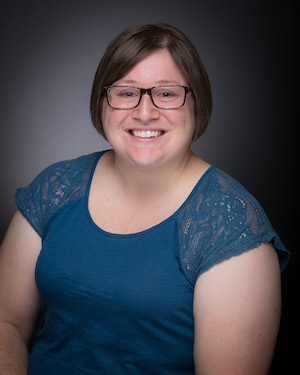 |
Jennifer Young - Azusa Pacific University Jennifer Young is department chair of the Department of Biology and Chemistry and associate professor at Azusa Pacific University in Azusa, CA. At APU, Jennifer teaches inorganic chemistry, general chemistry, and occasionally quantitative chemical analysis, instrumental analysis, and scientific writing. Her research with undergraduate students focuses on the synthesis of novel transition metal complexes utilizing classic coordination complexes as scaffolds. She obtained her B.S. in Chemistry from Grove City College in Grove City, PA and her Ph.D. in Inorganic Chemistry under the direction of Marcetta Y. Darensbourg. Her dissertation work focused on the synthesis and characterization of iron dinitrosyl complexes. |
